Featured articles

Why Michael Burry just sold all his tech stocks
Michael Burry has just exited a nearly $100 million position on Nvidia that he opened earlier this year.
14:42, 9 October 2025

Gold forecast: Third-party price targets
Gold (XAU/USD) is currently trading at $3,982.94 (as of 6:12pm UTC, 7 October 2025), after briefly crossing $4,000 per ounce for the first time during the session.
14:43, 9 October 2025

How does Elon Musk impact cryptocurrency prices?
In cryptocurrency markets, few individuals command as much attention as Elon Musk. The CEO of Tesla and SpaceX’s tweets, Tesla and Dogecoin announcements, and public statements can trigger periods of heightened volatility, with shifts in buying and selling pressure across digital assets.
13:29, 30 September 2025
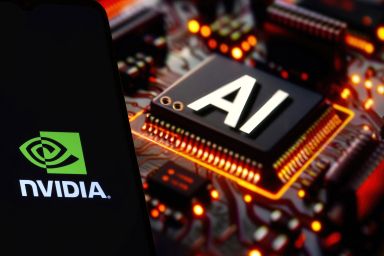
Best AI stocks for traders in 2025
From leading innovators to emerging firms shaping new opportunities – this overview highlights key top AI companies and artificial intelligence stocks influencing global markets.
13:37, 7 November 2025
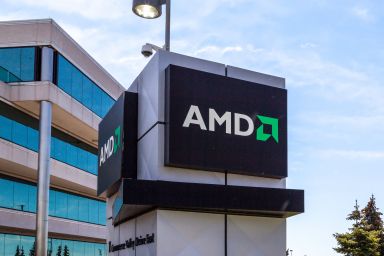
AMD stock forecast: Third-party price targets
Advanced Micro Devices (AMD) is quoted at $255.88 as of 4:21pm UTC on 31 October 2025, trading within an intraday range of $255.45–$263.21 USD, based on Capital.com’s platform feed.
11:55, 7 November 2025
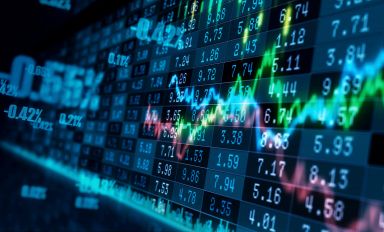
This has only happened twice: Market concentration at historic highs
The stock market is more concentrated than it's ever been. The top 10 biggest US companies now make up nearly a quarter of the entire global equity market.
16:07, 6 November 2025
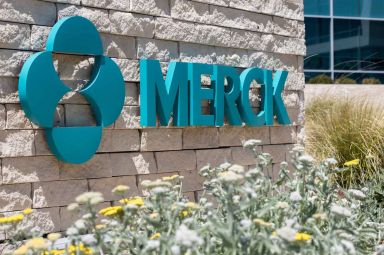
Merck & Co stock forecast: Third-party projections
Merck (MRK) last traded at $86.98 as of 10:50am (UTC) on 29 October 2025, moving near the lower end of its intraday range between $86.81 and $88.05. Client sentiment on the Capital.com platform shows 97.62% of positions are long, while 2.38% are short, indicating a strong buyer skew.
15:02, 6 November 2025

This has only happened twice: Market concentration at historic highs
The stock market is more concentrated than it's ever been. The top 10 biggest US companies now make up nearly a quarter of the entire global equity market.
16:07, 6 November 2025

Market Mondays: Balancing cuts, earnings, and a stronger dollar
Markets digest the impact of last week's volatility after a hawkish cut from the FOMC and tech earnings that didn't quite meet the mark
11:14, 3 November 2025

Markets pull back as Fed eases rate cut hopes and tech faces reality check
Sentiment in US equity markets softens into the weekend as markets digest a busy week of information from the Federal Reserve and key tech earnings
11:46, 31 October 2025

Market Analysis: Gold, Nasdaq 100, GBPUSD
A look into how gold, the Nasdaq 100 and GBPUSD are trading during a busy week of ok key earnings reports and central bank meetings.
09:44, 29 October 2025

Gold steadies as safe-haven demand increases
Gold sees renewed safe haven interest as investors become more risk-averse, but several hurdles remain ahead
11:23, 5 November 2025

Gold Mining Stocks: Top Producers, Performance and Industry Outlook
Gold mining stocks provide a way to gain exposure to the precious metals market. For CFD traders, identifying which companies offer strong potential can have a notable impact on performance.
07:57, 5 November 2025

Market Mondays: Balancing cuts, earnings, and a stronger dollar
Markets digest the impact of last week's volatility after a hawkish cut from the FOMC and tech earnings that didn't quite meet the mark
11:14, 3 November 2025

Market Analysis: Gold, Nasdaq 100, GBPUSD
A look into how gold, the Nasdaq 100 and GBPUSD are trading during a busy week of ok key earnings reports and central bank meetings.
09:44, 29 October 2025

Market Mondays: Balancing cuts, earnings, and a stronger dollar
Markets digest the impact of last week's volatility after a hawkish cut from the FOMC and tech earnings that didn't quite meet the mark
11:14, 3 November 2025
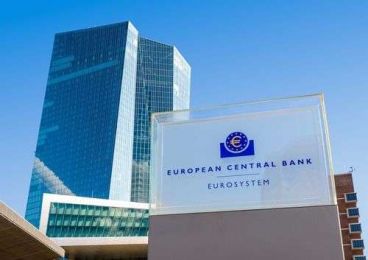
ECB Preview: no action expected as economy settles
The European Central Bank is expected to leave rates unchanged at their meeting this week as the balance of risks remains in favour of moderate growth and inflation
10:59, 29 October 2025

Market Analysis: Gold, Nasdaq 100, GBPUSD
A look into how gold, the Nasdaq 100 and GBPUSD are trading during a busy week of ok key earnings reports and central bank meetings.
09:44, 29 October 2025

Market Mondays: Trade developments, FOMC meeting and Earnings
Markets brace themselves for a busy week ahead with key focus on trade talks, the FOMC meeting and key earnings including MAG7 companies
13:23, 27 October 2025
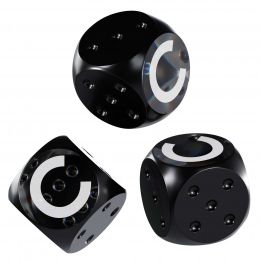
Celer Network price prediction: Will CELR rise?
Celer Network (CELR) is trading near $0.00526 against the US dollar at 11:19am UTC on 31 October 2025, hovering close to the intraday low of $0.00512 and below the session high of $0.00586.
12:53, 7 November 2025

The Sandbox price prediction: Third-party outlook
The Sandbox (SAND) was last trading at $0.19935 against the US dollar as of 10:59am UTC on 31 October 2025, moving between $0.19054 and $0.21667. Trading data shows prices holding slightly above the session’s recent low, while sentiment indicates a majority of long positions.
11:35, 7 November 2025
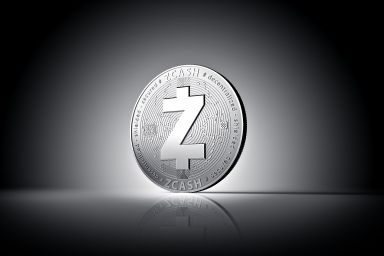
Zcash price prediction: Third-party outlook
Zcash (ZEC) trades at $328.81 as of 4:25pm UTC on 30 October 2025, after moving between an intraday low of $312.90 and a high of $365.26 on the Capital.com feed.
09:10, 7 November 2025

THETA price prediction: Third-party outlook
THETA/USD last traded at $0.479 at 3:13pm UTC on 30 October 2025, near the lower end of its intraday range ($0.479–$0.538) and in line with the session low from Capital.com’s quoted feed. The price showed limited momentum, holding near the day’s bottom and failing to test upper resistance.
08:57, 7 November 2025
